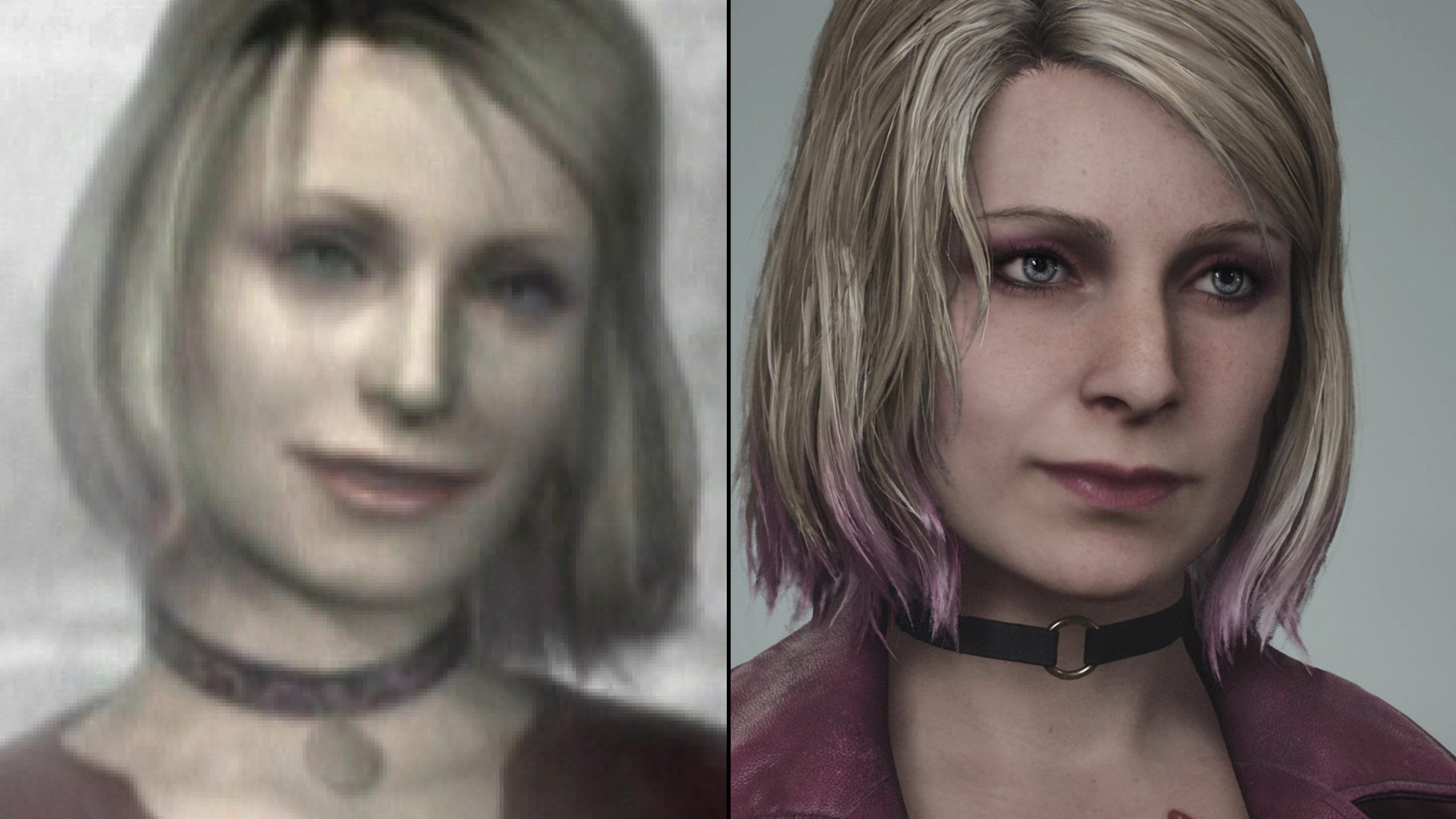Developer Bloober Team faces a challenging balancing act in bringing a cherished 2001 classic like Silent Hill 2 to a new generation. The good news is that the Silent Hill 2 Remake – released on PlayStation 5 and PC – does capture the essence, the atmosphere of Konami’s survival horror, all while making smart upgrades to its design. Despite rebuilding the game on Unreal Engine 5, you’ll still recognise its iconic, foggy view over Toluca Lake at the game’s start. The cutscenes are now acted out with new motion capture and voice overs and while in control, you’ll explore Silent Hill’s woodland trails and apartment blocks with an updated control scheme – complete with newly devised puzzles. Likewise, its soundtrack is re-arranged by legendary composer Akira Yamaoka, and even the world layout, the ordering of events, is remixed at points to keep fans, old and new alike, on their toes. Even through all these twists though, at its core, Bloober still successfully takes apart and puts back together the beating heart of what made the 2001 original work.
We’re focusing on PlayStation 5 today with PC coverage to follow but the fact of the matter is – and despite my praise for Bloober’s overall re-telling of Silent Hill 2’s story – the remake’s use of Unreal Engine 5 technology has pros and cons. So first of all, how much of a visual overhaul is the remake over the PlayStation 2 original? Side-by-side, how is Konami’s original blueprint for each area brought to life today via UE5 – where Lumen is at work for reflections and global illumination? Secondly, what’s the best way to play on PS5, between its two modes – a 30 frames per second quality mode and a 60fps performance mode? And finally, do each of these modes hit their frame-rate targets, or are there struggles in locking a stable reading either way?
The comparisons to the PlayStation 2 original often speaks for themselves. After all, we’re talking about a 23 year gap between the two games and the result is as transformative as you’d hope. To start, the pre-rendered CG cutscenes used on PS2 – often deployed for close-ups like the classic shot of James gazing in the mirror – are now replaced with in-engine renders. The remake recreates each moment in real-time via Unreal Engine 5, bolstered by more advanced skin shaders, lighting interaction with cloth, and – crucially – a greater nuance to facial animations too. The design of each character is adjusted to suit a 4K presentation on PS5. Buttons and more prominent zips are added to James’ olive green jacket, while later on, Maria shows off new accessories: a choker and tattoo. So yes, Bloober Team takes creative liberties here. Understandably, fans of the 2001 original may be attached to those original designs – and it might be hard to accept a change. Still, the remake’s changes are deliberate, and I’d suggest they are added in the spirit of what each character represents in the story.
In-game, the remake’s upgrades are inevitably even more stark. Often, the events and dialogue of a cutscene are similar but the pacing is altered, presented at new camera angles and edited to a new timing. Looking back to PS2, the fact of the matter is that the in-engine PS2 models worked beautifully on the CRT displays of the day, running at an internal resolution of 512×448. However, the expectations of a remake, and especially one targeting modern 4K displays, is that model and asset quality need an equivalent step-up. It’s also clear that original developer, Team Silent, truly relied on those pre-rendered cinematics for any up-close facial expressions, while in-engine scenes – using simplified character models and basic lip flap movements – worked better for wider angle shots. The remake demands the best of both worlds: the 4K presentation means every cutscene gets full performance capture, at times inserting character close-ups where previously it couldn’t be achieved. Again, it might not be to everyone’s tastes, but it’s a technical advance that allows for a more detailed acting performance that just wasn’t possible in 2001.
